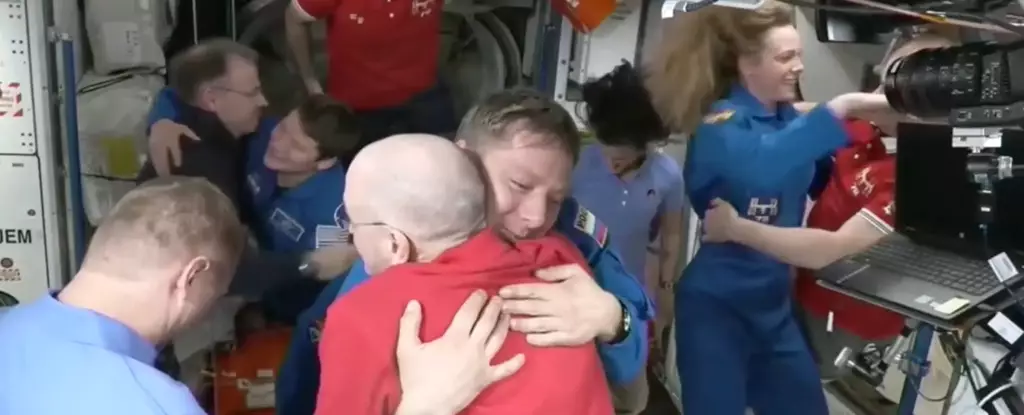The recent successful docking of SpaceX’s Dragon spacecraft at the International Space Station (ISS) marks a significant milestone in human space exploration. This event not only showcases the advancements in commercial spaceflight but also highlights the resilience and dedication of astronauts in challenging circumstances. On March 16, 2025, the Crew-10 mission made a memorable entrance to the ISS, filled with emotion and relief, allowing stranded US astronauts Butch Wilmore and Suni Williams to finally glimpse hope after an astonishing nine-month stay aboard the ISS.
The Long Wait for Wilmore and Williams
Wilmore and Williams had anticipated a brief eight-day mission, only to find themselves entangled in the webs of mechanical difficulties that plagued Boeing’s Starliner spacecraft. Following the discovery of helium leaks and thruster problems, NASA made the prudent decision to prioritize safety by bringing back the Starliner uncrewed. This delay, however, meant that Wilmore and Williams took on additional responsibilities during their extended stay—engaging in valuable research and also contributing to system testing that could be critical for future missions. Their perseverance under duress illuminates the tenacity required for long-duration space missions.
Technological Triumphs and Challenges
The Crew-10 mission signifies a triumph not just for NASA but also for SpaceX and the broader aerospace community. Launching from Florida’s Kennedy Space Center, the flawless execution of their ascent demonstrated the maturing dynamics of private sector involvement in space. Witnessing American astronauts Anne McClain and Nichole Ayers, alongside international partners Takuya Onishi and Kirill Peskov, aboard the Dragon vehicle emphasizes an unprecedented collaboration in space endeavors. Such teamwork gestures toward a hopeful vision of future joint missions that could bridge gaps between nations.
A Warm Welcome
Upon entering the ISS, crew members exchanged emotional embraces, a visual testimony to the human connections that transcend the vastness of space. Their joy resonated deeply as they reunited with fellow crew members who had been managing the station’s operations and conducting critical experiments. The camaraderie among astronauts reflects the heart of space travel—teamwork, resilience, and an undying spirit of exploration.
Looking Ahead: The Future of Space Exploration
The implications of the Crew-10 mission stretch far beyond the confines of the ISS. With plans for the returning astronauts to undergo a handover and a welcoming process that includes additional crew members like Nick Hague and Aleksandr Gorbunov, significant scientific research is on the horizon. Their collaborative efforts will help equip humanity with the necessary skills and knowledge for voyages further into the cosmos, particularly with visions of Mars and beyond. The Crew-10 astronauts are set to embark on a six-month mission that promises to blend science with exploration, reinforcing the idea that our aspirations are only as far-reaching as our collaborative spirits, underlined by innovative technology.
In this light, Crew-10 serves not only as a rescue mission but as a beacon signaling a brighter future for humanity’s presence in space.


Leave a Reply